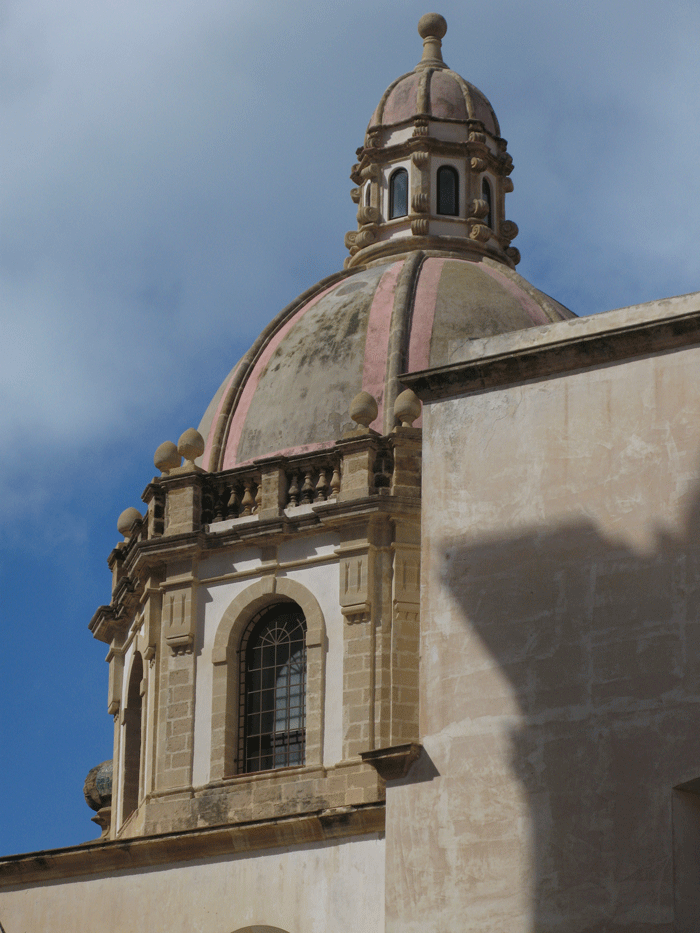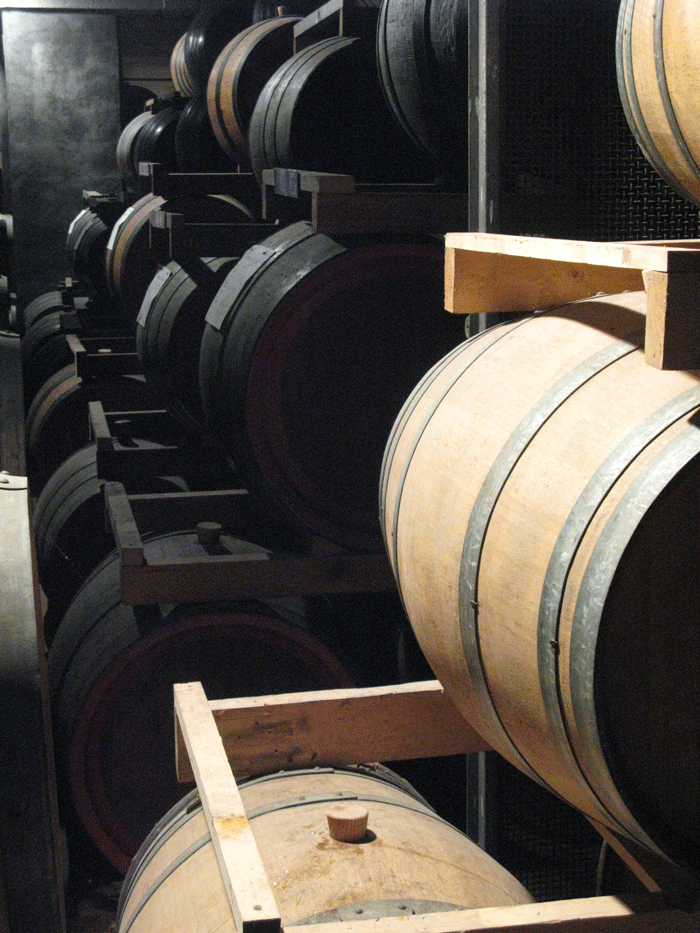A Tale of Two Sicilies (part three)
Author: David Berry Green
Disembarking at Marsala, as General Garibaldi and his mille once did in 1860, one is struck by the stark whiteness of the local stone that paves the streets and supports the vineyards; the big skies, light and breezy influence of the sea. There’s something Arabic about the place, recording its time as ‘Marsal’ali’, under the North African Berbers (from Carthage/Tunisia).
Two hundred and fifty years on, the quality of Marco De Bartoli wines, and of its Marsala in particular, remind us why the British sent in their gunboats to defend their (vinous) interests. Marco’s children, Renato, Sebastiano and Giuseppina, have picked up the baton, producing a range of dry whites from local grapes Zibibbo and Grillo, a sweet Zibibbo passito from the nearby isle of Pantelleria, along with unfortified and fortified versions of Marsala; all excellent examples of their type and terroir.
Further inland and north-east, along the wild, remote, upland sandstone ridges close to Alcamo, at Camporeale are found two different but complementary wines estates. Porta del Vento was born in 2002, the result of a quest by Palermo chemist Marco Sferlazzo to find the perfect vineyard. At 600 metres above sea level, and in sight of the ocean (and Palermo), the small “door to the wind” property is aptly named. Gnarled old white Catarratto vines hug the contours, ducking out of the draught, to give us a few drops of fruit essence. He also has some black Perricone, whose brambly fruit is Bandol-esque.
The second property, Valdibella, is a co-operative of local growers who pulled together in 1998 to make wines from organic fruit, while also sharing their premises and values with the local, Camporeale community, particularly the young; since 2004 its labels have supported the ‘AddioPizzo’ movement, against the mafia’s protection racket. They make a range of delightful, fruity wines from local varieties, notably black Nero d’Avola and white Grillo.
Close to the village of Faro Superiore, perched overlooking the straits of Messina, is the tiny property belonging to young Giovanni Scarfone. The area around Messina was once populated by the Sicel tribe (11th century BC), and subsequently by the Normans (en route to the Crusades!). Giovanni is actually Calabrese by birth, now intent on reviving the old family vineyards of black grapes Nerello Mascalese, Nerello Cappuccio and the rarer Nocera that gaze across at Italy’s ‘toe’. While Nerello Mascalese has made its name further south on the lava slopes of Etna, here in Faro – so named after the ancient Greek community (I Fari) – the soil is a predominantly white calcareous marne, that imbues Giovanni’s wine with a heady, balsam perfume and fine elegance. Almost Barolo-esque!
Not far down the coast, past the tourist trap of Taormina, an apron of villages that surround the base of the truculent, volcanic Monte Etna, is home to an explosion of wine-making activity since 2000. Once a zone famous for bulk wines designed to ‘cut’ with the likes of Burgundy and Barolo, the formerly empty terraces are now being revived as winemakers descend from all over to make Etna Rosso from the Nerello Mascalese grape. Alberto Aiello Graci is a local boy, from Catania, who in 2004 ditched the Milan trading desk to take up the ‘trowel’, converting an old palmento (wine press) in the village of Passopisciaro, into the source of some of Etna’s finest wines. He’s also kept with tradition by making an Etna Rosato for the first time this year; alongside his Etna Rosso, and Etna Rosso Quota 600 (metres above sea level).
Come back tomorrow for the final part of David’s tour of Italy, or – in the meantime – whet your appetite with the selection of wines in his current Sicily offer here.




